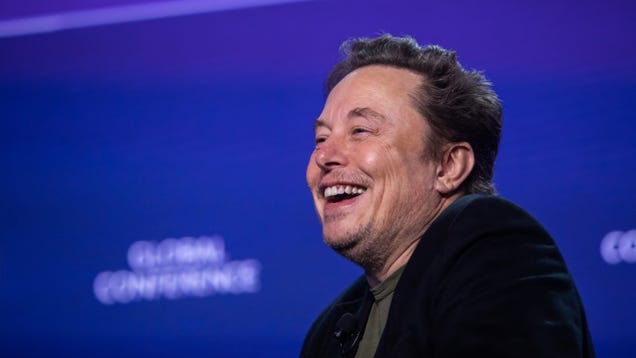The Evolution of Tesla’s Robotaxi Vision: A Closer Look at Elon Musk’s Ambitions
Elon Musk’s vision for Tesla has always been ambitious, often bordering on the audacious. Among his many claims, the promise of a fully autonomous robotaxi network stands out. Initially announced in April 2019, this vision has evolved significantly over the years, raising questions about its feasibility, technological advancements, and implications for the automotive industry and society at large.
Understanding the Robotaxi Concept
At its core, the robotaxi concept revolves around the idea of a fleet of autonomous Tesla vehicles that can operate independently, transporting passengers without the need for a human driver. Musk’s original vision suggested that these vehicles would be available for use whenever their owners did not need them, effectively creating a shared transportation model that could reduce the number of cars on the road and lower transportation costs for users.
The promise of a robotaxi network is not just about convenience; it also aims to address broader issues such as traffic congestion and environmental sustainability. By utilizing electric vehicles, Tesla’s robotaxi fleet could potentially lower carbon emissions, contributing to a greener future. However, the realization of this vision hinges on overcoming significant technological and regulatory hurdles.
Technological Advancements and Challenges
The journey toward a fully autonomous vehicle has been fraught with challenges. While Tesla has made substantial progress in developing its Autopilot and Full Self-Driving (FSD) systems, the technology is still not foolproof. According to a report from the National Highway Traffic Safety Administration (NHTSA), the safety of autonomous vehicles remains a critical concern, with incidents involving Tesla’s FSD system prompting investigations and discussions about the readiness of such technology for widespread use.
Moreover, the complexity of urban environments presents additional challenges. Autonomous vehicles must navigate unpredictable scenarios, including pedestrians, cyclists, and varying road conditions. Recent studies indicate that while Tesla’s systems are among the most advanced in the industry, they still require significant improvements in perception, decision-making, and real-time response capabilities to ensure safety and reliability.
Regulatory Landscape and Public Perception
The regulatory environment surrounding autonomous vehicles is evolving but remains a significant barrier to the deployment of a robotaxi network. Different states and countries have varying regulations regarding the testing and use of autonomous vehicles, creating a patchwork of rules that companies must navigate. Public perception also plays a crucial role; many consumers remain skeptical about the safety of self-driving cars, which could hinder widespread adoption.
In a recent survey conducted by the Pew Research Center, nearly 60% of Americans expressed concerns about riding in a fully autonomous vehicle, citing safety as their primary concern. This skepticism underscores the importance of transparency and education in building public trust in autonomous technology.
The Future of Tesla’s Robotaxi Network
Despite the challenges, Musk remains optimistic about the future of Tesla’s robotaxi network. He has hinted at unveiling a fully autonomous taxi model in the near future, which could mark a significant milestone in Tesla’s journey. However, the success of this initiative will depend on several factors, including technological advancements, regulatory approval, and public acceptance.
As Tesla continues to innovate, the potential for a robotaxi network could reshape the transportation landscape. If successful, it could lead to a paradigm shift in how we view car ownership and urban mobility. The implications extend beyond convenience; a robust robotaxi network could reduce traffic congestion, lower transportation costs, and contribute to a more sustainable urban environment.
In conclusion, while the vision of a Tesla robotaxi network is compelling, its realization will require overcoming significant technological, regulatory, and societal challenges. As we await further developments, the journey toward autonomous transportation remains a fascinating and evolving narrative, one that could redefine the future of mobility.

